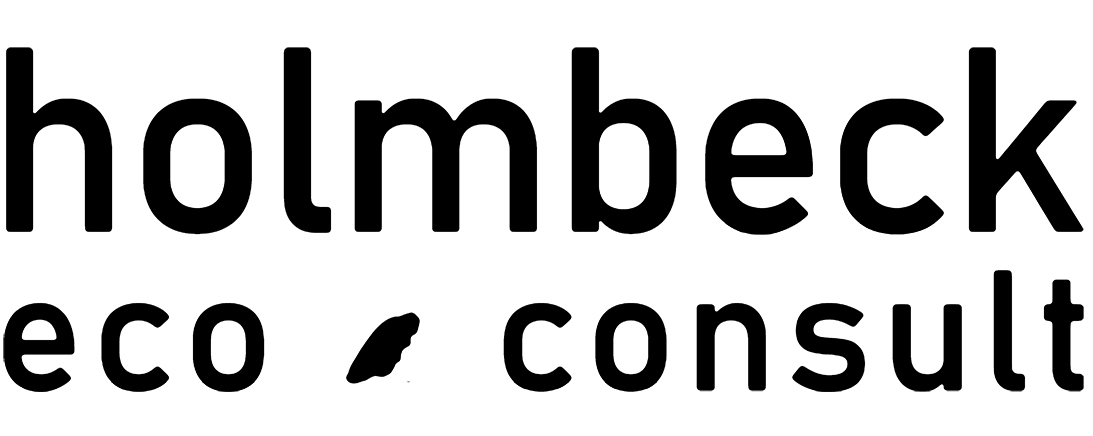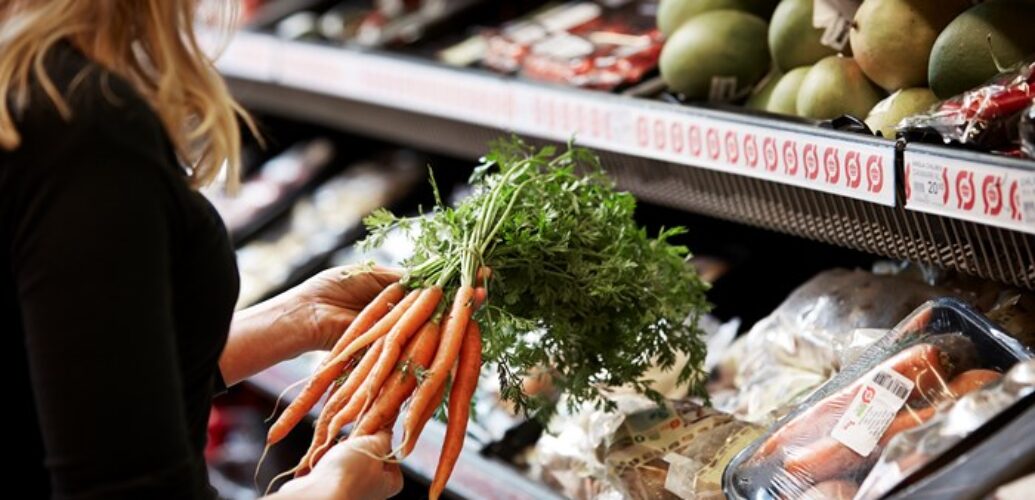As part of the European Organic Congress 2020 in July I was asked to describe some lessons and best practice from Danish organic food policies that have developed the organic market. I was also asked to describe which policies are missing as well as possible game changers that could accelerate organic market growth. Here are my thoughts:
I think Denmark is a good case for the results that are possible with the active use of national market development policies for the organic sector.
Organic food policy works in Denmark. The result is that 99 percent of Danes know our national organic label, 80 percent of Danes buy organic food, and 50 percent buy organic food every week. We have an overall market share of 13 percent of the total food market—the world’s highest organic market share. And for many basic foods like milk, eggs, flour, oatmeal, and many vegetables, we have taken 30-50 percent of the food market.
This didn’t happen on its own. This is the result of a close cooperation on market development in a unified organic sector in the organic NGO Organic Denmark, but it is also the result of strong political policy supporting market development. You need both.
What we did
The government has supported:
- Consumer campaigns that answer the question “Why organic?”
- Large organic events—like our Økodag (Organic Day) where 5 percent of the Danish population visits an organic farm every year. In the US, that would equal to over 16 million guests on organic farms.
- Supply chain collaboration on product development and a mobile product innovation team with chefs and experts helping small companies develop new products.
- Strategic collaboration with retail and food service
- Organic export promotion; and organic export schools helping smaller companies.
- Goals of 60 percent organic in public kitchens and investments in education of kitchen workers in organic, healthy, and climate friendly meals. Copenhagen is at 90 percent organic, and even hospitals and military barracks have gone organic.
- A national Organic Cuisine Label that documents and guarantees 30, 60, and 90 percent organic in restaurants, hotels, workplaces, and public kitchens. This motivates both kitchen workers and consumers.
- And in Denmark, the government has financed a strong – free of charge– inspection and certification system for the national organic logo “Ø-mærket.” This has contributed to consumer trust.
That’s the “what we did” on market policy, but the more important lessons from Denmark, I think, are about the “how” we developed and implemented these policies.
How we did it
Here, I see three key lessons from Denmark, that might be useful in other national and EU policy development efforts:
First: The use of national organic action plans that include a strong focus on market development.
Second: Integrating organic farming and market development as a central tool in broader policy areas: from national strategies for nature and green economic growth to plans for protection of our drinking water and food from pesticides. Every time organics has been a tool in these broader policies, new policy and resources have been dedicated to developing the organic sector.
And third, the most important lesson from Denmark regarding policy that drives market growth is the unified organic market effort and the government’s support for capacity building in Organic Denmark, to drive market growth.
Project support has allowed Organic Denmark to hire professionals from retail, food service, and communications. And to build close partnerships with retail leaders at the strategic level, expanding product assortments and improving communication with consumers about organics.
Build market capacity in organic NGOs
Policy is not enough on its own. By strengthening capacity in Organic Denmark, the government has helped make a national organic NGO into a powerful catalyst for making things happen in the market. And a powerful tool for achieving public goals for organic growth and for Denmark’s goals for environment, health, animal welfare, and rural development.
Organic market development is a team sport. Partners in retail, government, food service companies, processors, and communication play critical roles and their initiatives and collaborations drive market growth. But there is also a continuous need for orchestration of organic market strategy and cooperation, and a constant presence in media. Over many years a professional organic NGO can build a positive commercial (and political) ecosystem within which the organic sector can thrive.
So, what is missing policy-wise at the national and EU levels regarding market development?
Achieving the EU goal of 25 percent organic farm area will require a massive investment in market development and capacity building in organic NGOs in all member states. These are often the missing ingredients policy-wise. In the coming EU Organic Action Plan, the EU can:
- Require member states to develop a national organic strategy and action plan, including strong market development initiatives;
- Create strong incentives to support capacity building in organic NGOs driving market development;
- Ensure integration of organic market development in other EU policy areas, including public procurement, promotions, and regional development and cohesion funds.
- Support sharing of best practice in organic market development across member states, for example through support to IFOAM EU Group.
Game changers
Finally: I think we need some real game changers in the organic market that can create a level playing field where prices on food reflect climate and environmental costs:
- Lower VAT on certified organic food,
- Tax on carbon emissions
- Pesticide fees (which finance organic initiatives in Denmark), and
- Redirecting agricultural support to sustainability initiatives on farms.
These four game changers will transform European agriculture almost overnight. Together with policies to strengthen the organic sectors’ market efforts—these game changers will also accelerate growth in the organic market and make the 25 percent goal for organic land area in the EU easily achievable.

